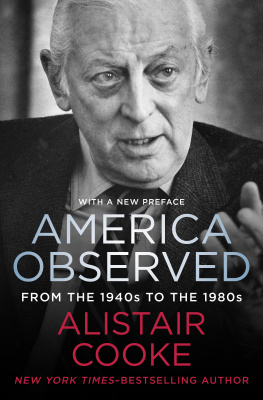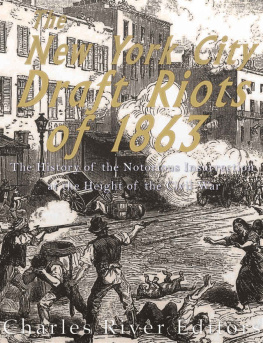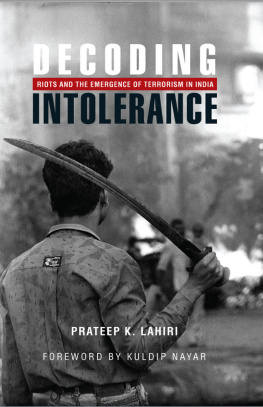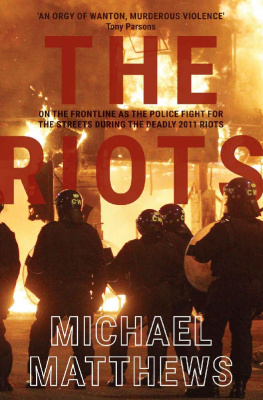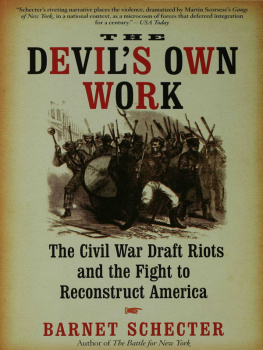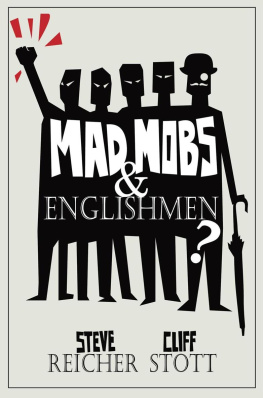1. 1958: NOTTING HILL, UK
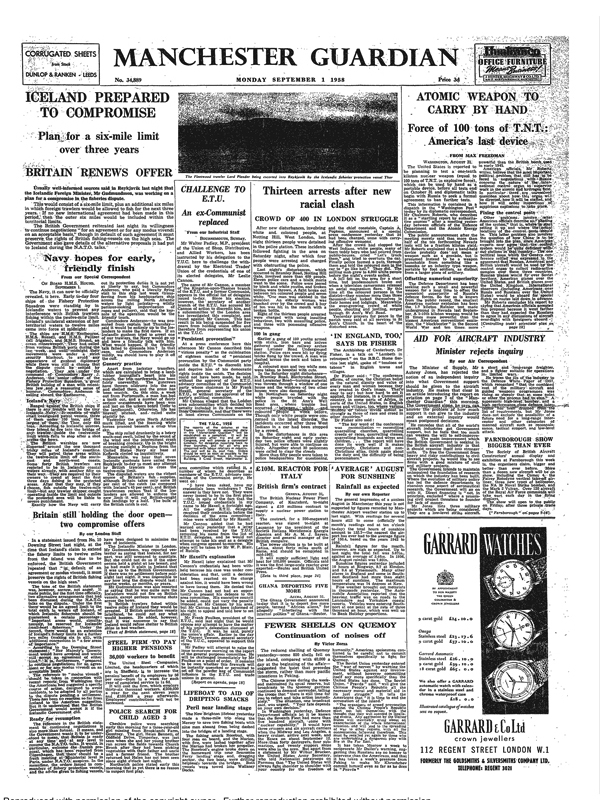
1958: Notting Hill, UK
By our London Staff...
Thirteen arrests after new racial clash
CROWD OF 400 IN LONDON STRUGGLE
1 September 1958
After new disturbances involving white and coloured people at Notting Hill, West London, last night, thirteen people were detained in the police station. These incidents followed fighting in the area on Saturday night after which four people were arrested and charged with obstructing the police. Last nights disturbances, which occurred in Bramley Road, Notting Hill Gate, involved more than 400 people. Eleven police cars and a black Maria went to the scene. Police were jeered by black and white youths and broken bottles were thrown and a fight broke out between ten coloured people and seven white. One man was stabbed in the shoulder. An elderly woman was knocked over by the crowd and a boy of ten was hit in the mouth with a broken bottle. Eight of the thirteen people arrested were charged with using insulting behaviour, two with assaulting police and three with possessing offensive weapons. Earlier, a gang of 100 youths armed with sticks, iron bars and knives gathered under the railway arches near Latimer Road Underground station. Police cars were hit by flying bricks flung by the crowd, a man was slashed across the neck and taken to hospital and a coloured man and two white men were taken to hospital with cuts.
In Bramley Road, Blechynden Street and Lancaster Road, burning material was thrown through the window of one house and the windows of two other houses were also damaged. Though only white people were concerned in the latest disorder, the incidents occurred after three West Indians in a car had been stopped by a crowd in the disturbances in this area on Saturday night.
Altogether about 30 policemen were called to clear the streets. More than fifty people were taken to police headquarters for questioning and the chief constable, Captain Fopkess, announced at a special press conference yesterday that 24 had been charged, some with carrying offensive weapons.
After the crowd had stopped the West Indians, white people, many of them teddy boys who had poured from public-houses, cried Lets lynch them! and tried to overturn the car. Finally police formed a path through them and told the coloured men in the car to go like hell. They did.
The milling mob grew to 4,000 white people before the nights events ended. A lull fell on the area for short time but pandemonium broke out when a television cameraman released an aerial magnesium flare. By this time all the coloured persons in the area had locked themselves in their homes and lodgings. Meanwhile the ever-growing crowd of white people shouting and jostling surged through St Anns Well Road.
Yesterday prayers for peace in the parish were said at all services in St Anns Church in the heart of the disturbed area.
More thuggery
1 September 1958
The rioting between white and coloured people in the Notting Hill area of London seems to have followed the same lines as that at Nottingham. Once again provocation on the part of groups of white youths, including the hurling of a petrol bomb through the window of a house, led to a pitched battle. Once again a leading motive for that provocation seems to have been the presence of white women with coloured men. The pattern of these incidents is now becoming clearer. Gangs of youths on the look-out for trouble find, in the presence of coloured community in an area, a target for their violence. In spite of the fact that no coloured people were involved in Saturday nights incidents in Nottingham, the presence of aggressive gangs which had to be dispersed by the police was certainly connected with the previous weeks racial clash. This is an alarming state of affairs.
One lesson of the Notting Hill incidents is that the trouble is infectious. Similar incidents may well take place in the slum quarters of other cities and if that happens, drastic action to suppress them will be required. Larger forces of police on the streets and more rigorous enforcement of the laws regarding the sale and carrying of knives and other weapons can help. But the real remedy is with the courts. Magistrates will have to be prepared to temper mercy with justice when dealing with proved cases of adolescent thuggery. Small fines are insufficient punishment for those convicted of unprovoked violence towards their fellow-citizens, of whatever colour.
Lynch him! cries as coloured man is chased
2 September 1958
It comes as a shock to hear the ugly phrase lynch him! on English lips in an English city. But it must be reported that these words were used not once but dozen times yesterday afternoon in a slum street in the Notting Hill district of London. The object of this venom, a young West African student, was running for his life down Bramley Road followed by gang of young toughs who had set upon him, kicked him and twisted his leg before he could escape. Dashing into a greengrocers shop, he persuaded the owners wife to bolt the door and hid himself in a back room until the police came and rescued him. By that time acrowd of two hundred white people had gathered on the pavements and in the roadway and it took the combined efforts of police on horseback and squad cars and twenty constables on foot to disperse them.
The incident took place not fifty yards from the scenes of the worst fighting in the so-called race riots at the weekend. The result of those battles was that seventeen people, three of them coloured, appeared yesterday before the Magistrate at West London Court on charges ranging from insulting behaviour and possession of offensive weapons to assaulting the police.
Long before trouble actually broke out in Bramley Road yesterday afternoon, there had been an unhealthy mood in the streets of Notting Hill. It was not a normal Monday for there was hardly a black-skinned person to be seen in the shops or on the pavements although there are thought to be at least three thousand of them living in this area. Housewives Asian, Indian, African and West Indian either did without the things they needed or found a friendly white neighbour to shop for them. At the street corners, knots of young men could be seen gathering and occasionally being dispersed by constables on foot patrol. Into this ugly situation stepped an outsider who had no inkling of what was in store for him. Mr Seymour Manning is a 26-year-old African student who is at present living in Derby. He had come down for the weekend to see friends in Notting Hill and, though he did not know it, he was under close observation from hostile eyes from the moment he stepped out of the Latimer Road Underground station.
In the four hours that I had been in this area he was only the third coloured person that I had seen venture out of doors. I watched him disappear up Bramley Road. A few minutes later there was an outburst of screams and jeering and I saw Mr Manning sprinting back towards the Underground, his tie and blazer streaming out behind him. As his three pursuers closed in, he turned in desperation and flung himself into the doorway of a greengrocers shop and slammed it shut. A moment later the shopkeepers wife, Mrs Pat Howcroft, appeared in the doorway, locked the door behind her and turned to face the trio of toughs. She had two friends with her: a housewife of her own age and boy in his teens. She kept them at bay until the police arrived few minutes later. Soon after the first two constables came to her rescue, a radio car arrived and after that came full reinforcements. It was during the interim period before it was clear that the police were on their way in force that people on the opposite pavement called out for lynching. I went up to one of the young men and asked him what he had against the African in the shop. Just tell your readers weve got a bad enough housing shortage around here without them moving in. Keep Britain white.








